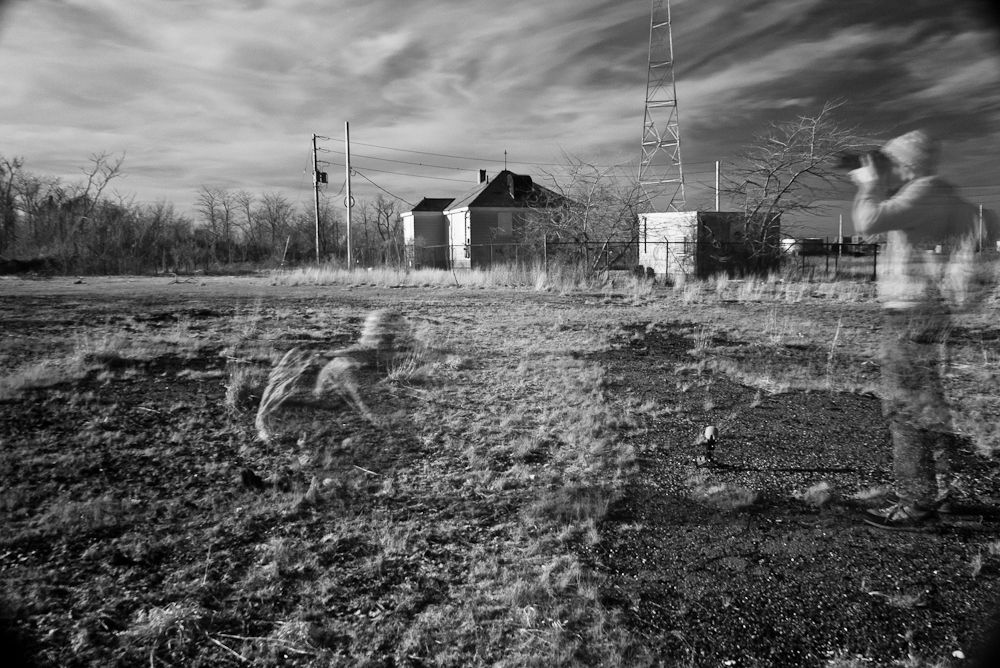
It was a windy day when the Chicago Cubs met the semi-pro Bridgeport Orators in an unlikely and surprisingly heated contest. They squared off in an expansive stadium on a strange spit of land at the outskirts of Bridgeport, Connecticut. 5,000 fans from across the state were packed into the wooden bleachers, from where they took in views of booming Bridgeport and a Long Island Sound whipped white by summer winds.
Before the first pitch was thrown, a passing breeze pulled a lit cigarette into the recesses of the main ball stand. There, amid the din of peanut vendors and seagulls, a patch of dry summer grass ignited. Soon a healthy blaze was kindled. A young boy warned the crowd that a fire had started. Those who heard his cries were said to remark, “Ah, let it burn.” The game had begun.
“Forty minutes later,” according to a New York Times account of the fire, “the bleachers, grand stand, the Steeplechase building … [all] had been destroyed by flames.” The day was August 18th, 1907, and the place was Steeplechase Island, soon to be renamed Pleasure Beach.
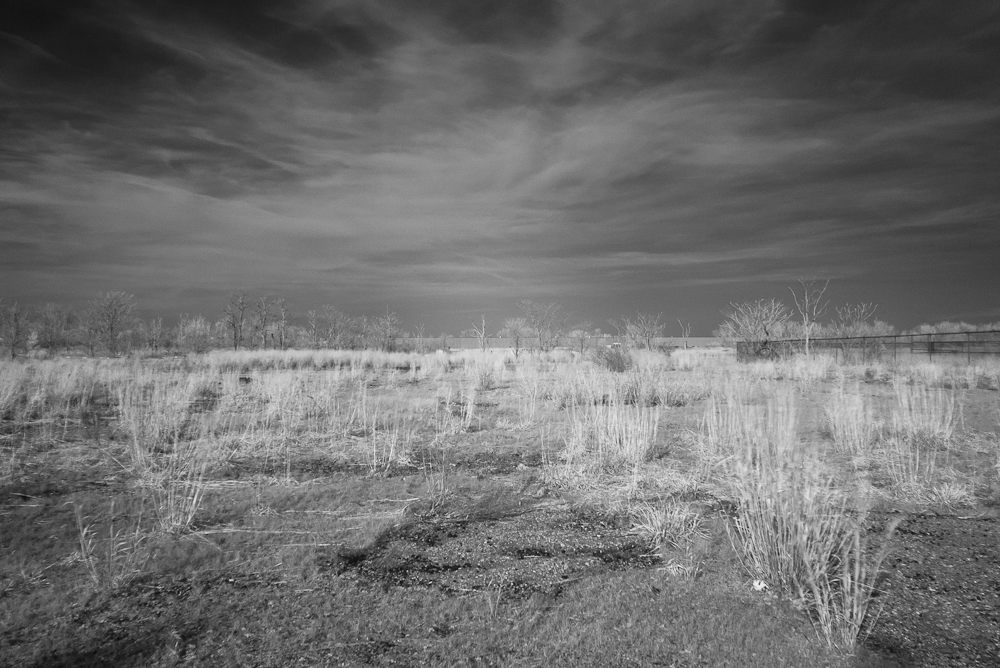
Today Pleasure Beach is a shell of its former glory. Grass pokes through broken parking lots, and wind blows trash through the ruins of cottages. But in its early days Pleasure Beach, a resort built on an isolated peninsula just a short bridge-walk from Bridgeport, was the very model of a vibrant city’s Shangri-La – one whose amusements were equal to the demands of a citizenry that had elected P.T. Barnum as mayor. There were baseball games and summer concerts, passing fairs and a sea lion “band.” On game days a “trotting ostrich” named Hurricane would entertain crowds to an “exhibition half mile…harnessed to a racing sulky.” Wormwood’s Monkey Theatre, a troupe of two-dozen monkeys dressed as “little old men and women,” raced dogs for the crowd’s amusement, or else they enacted famous plays in a “most human manner.” One of the world’s first “projecting machines” had its debut at Pleasure Beach, and throngs of beachgoers gathered to witness images stolen from the Royal Queen’s jubilee parade and the impressive movements of the British Colonial army in India.
The only catch was the place kept burning down.
“Fires just keep happening,” says Mary Witkowski, City Historian of Bridgeport, as we leaf through old news clippings at the Bridgeport city archives. We’ve come to the open room on the fourth floor of the Bridgeport city library, where folders of yellowing prints lay stacked on tables awaiting our arrival, to learn more about the past of the now abandoned Pleasure Beach.
Fires were incredibly common across big cities in those days, Witkowski tells us, but the isolation of Pleasure Beach made fires there particularly hard to put out. “They had their own bucket brigade,” she said. “That was about it.”
The real decline of Pleasure Beach—which was sited in a coastal scrub ecosystem marked by hurricane and fire disturbance—happened slowly, and not in one catastrophic conflagration, or not entirely. Though more than a dozen devastating fires burned through the human infrastructure on Pleasure Beach after 1907, the vacation resort prospered and grew, always rebuilding.
But as affluent whites fled Bridgeport for its growing suburbs in the 1970s, the minority neighborhoods surrounding Pleasure Beach became poorer and denser. Pleasure Beach grew decrepit.
“The older generation just didn’t want to rub elbows with the new people that were then going there after integration,” Witkowski says.
In 2000, Bridgeport’s East End, the neighborhood connected to Pleasure Beach before the fire, was nearly 95% minority. It was, and is, one of Bridgeport’s poorest neighborhoods. When the bridge leading to the beach caught fire and burned in the summer of 1996, the city refused to rebuild. After the fire, Pleasure Beach was, effectively, left to the whim of nature.
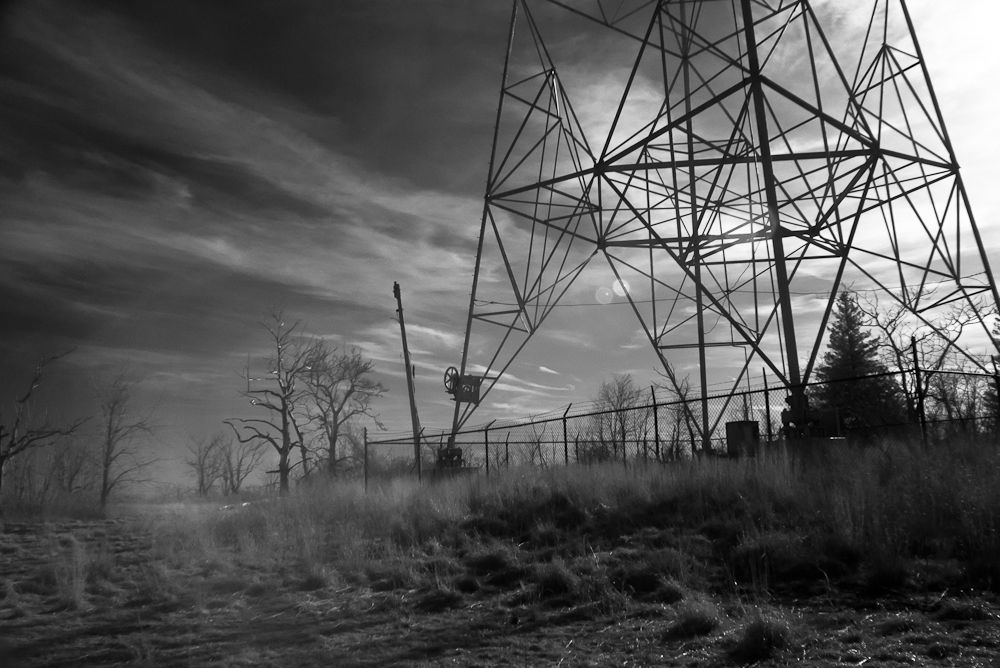
America’s great cities have been in decline for decades. As Asia industrialized and Europe re-industrialized in the decades after the Second World War, American manufacturing centers saw their market share shrink, their factories move overseas, and their working populations disappear. From their population peaks in the 1950’s, Philadelphia and New York have since lost more than 350,000 citizens, Chicago and Detroit 500,000. In the decades leading up to the turn of the 21st Century, Cleveland and St. Louis lost fully half their populations.
America now faces a very real problem: what to do with our shrunken cities? Large urban centers with aging infrastructure and dwindling populations now find their landscapes fragmented by vacant buildings and empty industrial lots. In some communities abandoned structures outnumber inhabited ones by 4 to 1.
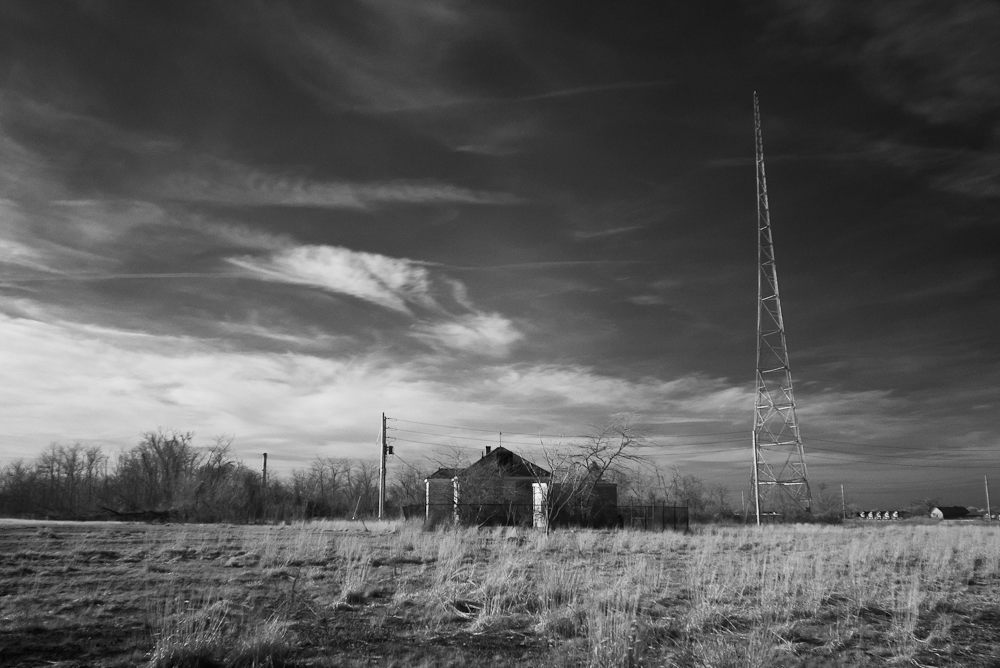
In the one and a half decades since Pleasure Beach became inaccessible to most Bridgeport residents, wildlife has returned to its shores with fervor.
“It’s one of the largest stretches of relatively undeveloped coastline left in Connecticut,” says Patrick Comins, Director of Bird Conservation at the National Audubon Society. “It is [now] certainly one of the most important nesting areas for state threatened least terns and federally threatened piping plover, state listed brown nashers, and rare water turtles,” Comins said. Directly put, “it is critically important to wildlife conservation in Connecticut.”
It’s a strange twist of fate for a spit of abandoned land within walking distance (if a bridge existed) of Connecticut’s last coal burning power plant, Connecticut’s most developed metropolitan center, and one of Bridgeport’s poorest, most industrial neighborhoods. Connecticut Audubon, with the cooperation of the U.S. Department of Fish & Wildlife, now hopes to link a restored Pleasure Beach coastal ecosystem with a nearby National Wildlife Refuge to create Connecticut’s largest, undisturbed protected salt marsh ecosystems. They’ve designated the beach an “Important Bird Area” and have assisted Fish & Wildlife in purchasing neighboring property owned by Stratford. Old buildings on the site have been razed and restoration has begun.
But the residents of Bridgeport who remember Pleasure Beach hope for something more than a nature reserve. They remember the beach as a place to escape harsh city life with their families on evenings and weekends.
“I would use it to help reconnect part of the city,” Ben Ortiz, a Bridgeport native and curator for the city’s historical archives, tells us. He is speaking of the East End, which has historically been cut-off from the city and its services. “A place like that could bring everyone together again,” he says. “When folks are poor and there is no relief in sight, that could be a real relief.”
Rev Kenneth Moales Jr., an activist minister in Bridgeport, put it a different way to Audubon magazine last spring. “They always put animals before people,” he said, speaking of the city government. “The city’s plans never translate into jobs for people in our East End community.”
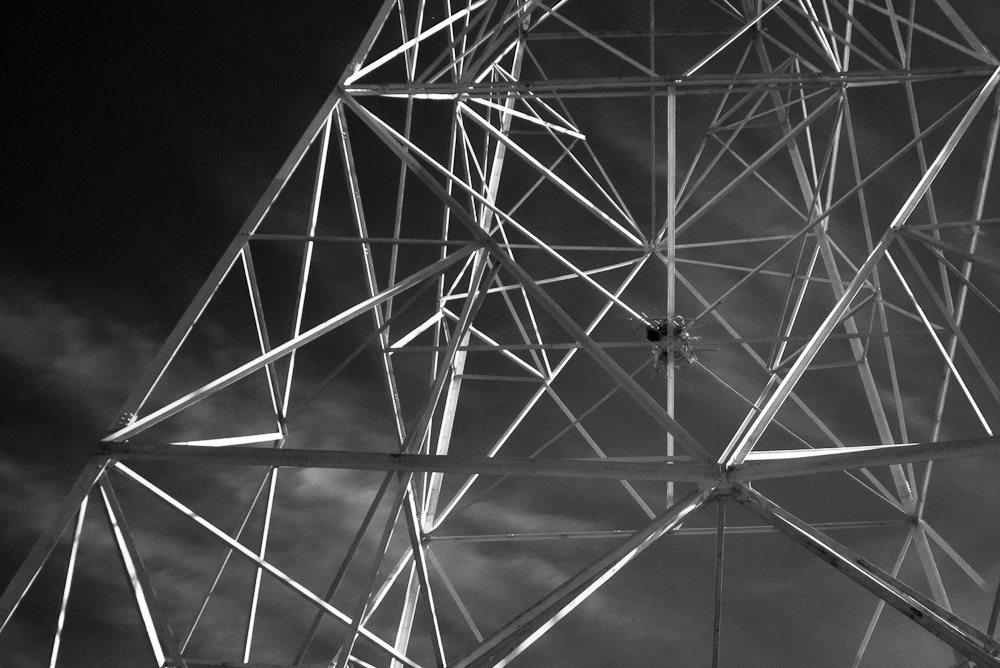
Back at the city archives, we discover unambiguously that Pleasure Beach used to be a vital landmark for Bridgeport and Connecticut. Our search turns up dozens of picturesque postcards and photographs — spanning decades — of weddings ceremonies, ribbon cuttings, and more special exhibitions. From the 2000s are articles decrying the loss of Pleasure Beach, with pleading headlines like, “What will the City do?”
In late 2011 the City answered that question. In December a special Pleasure Beach task force released a new Plan for Pleasure Beach. It was, supposedly, the result of long consultations with stakeholders, city planners, budget wonks, and conservationists. Not surprisingly it was a compromise.
The new plan envisioned space for people: volleyball courts, grills and pavilions, abutting space for nature: bird preservation zones and natural habitat regions. A water taxi service will take Bridgeport residents to the beach for free (no bridge to burn down). And once there they can hike nature trails and learn about New England ecology. If the new beach vision becomes reality it could be a coup – a wild space within the confines of Connecticut’s largest city – and a model for how America can use its vacant lands to revitalize urban centers while welcoming nature back to the corners from which it had once been banished.
But, as Patrick Comins of Audubon reminds us, the city has “much bigger stumbling blocks than the birds and wildlife.” Water taxis cost money, as do pavilions and trails. Conservation plans “are going to have to be implemented because of state and federal regulations,” he says. But the rest is up to Bridgeport.
“It’s like everything in this town,” Mary Witowski, the city historian, tells us. “People might have ideas but they don’t have money.” A while ago city preservation groups began renovations on a historic bathhouse on another seaside park that had also burned down. “They wanted to restore it to its full beauty,” she says. In the end, “they did all this work. They rebuilt the bathhouse completely. But, no, it never reopened.”
With water taxis on order and pier restoration slated to begin this year, Pleasure Beach may soon escape its haunted trajectory.